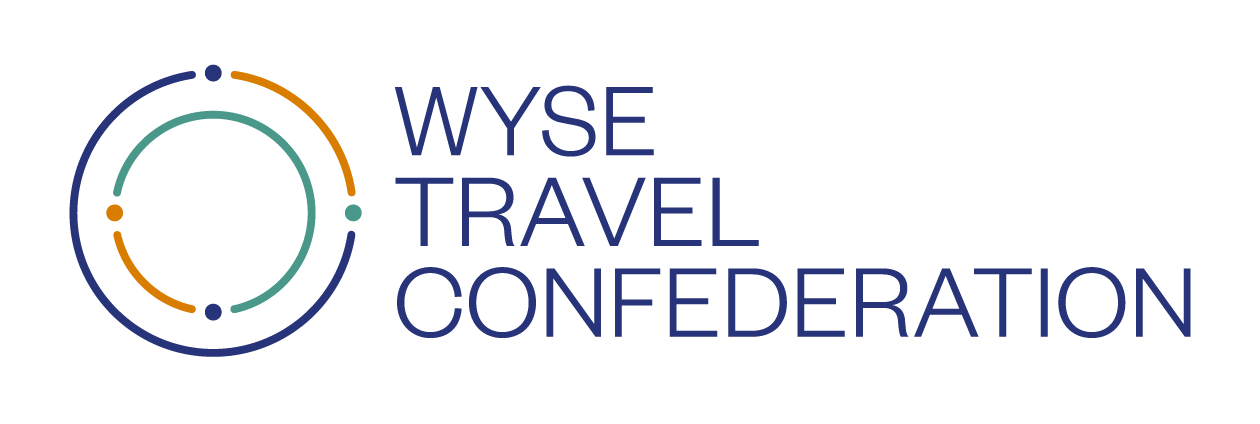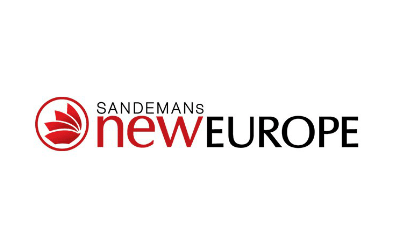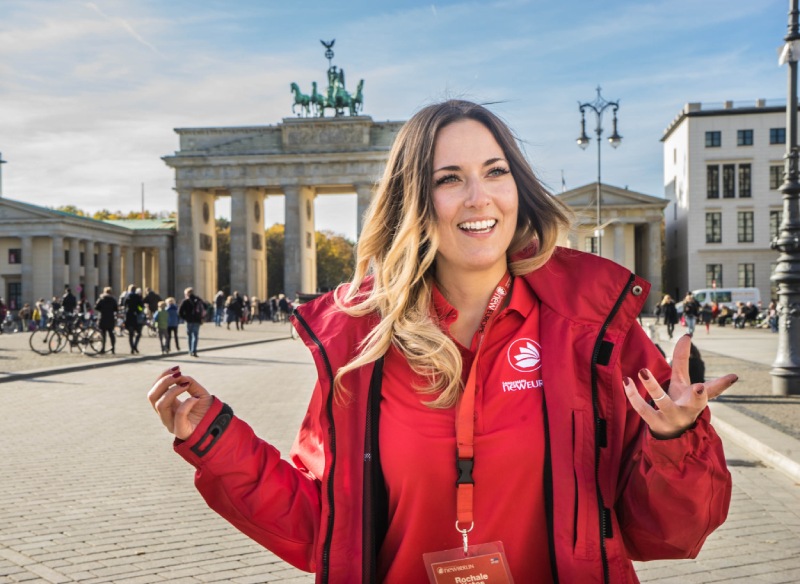News
Manchester, United Kingdom — 22-25 September 2009WYSE Archives
![]()
Promoting female professional development: The SANDEMANs NEW Europe case study
Stephanie Taylor-Carrillo
Chief Partnerships and Communications Officer
SANDEMANs NEW Europe
We all know that addressing the gender imbalance across the senior levels of our industry is the right thing to do – it makes sense from both a social and a business performance perspective. Of course though, being aware of the issue is one thing, but actually making a change is another. At SANDEMANs NEW Europe, we’ve been looking at the gender imbalance in our own company, and while we know we still have a long way to go, we have begun to make some of those first crucial first steps. While we have started with addressing gender imbalance, we know we also have to look at other areas related to diversity and inclusion too, and we hope that some of the lessons we are currently learning will be transferable to other demographics across our workforce as well.
Being transparent
When we began our gender balance programme in early 2018, we started with a critical look at ourselves, and found that we had strong similarities with the wider industry. While 73% of the people we employed were female, including 66% of our managers, at the senior management level only 38% of our leaders were women.
We also discovered that, due to the fact we have more women in junior positions and less in senior positions, we also have a gender pay gap (although calculating exactly how wide it is has proved complicated with our decentralized business structure). We know though that if you don’t talk about a problem, you can’t expect to overcome it, and so we presented these facts during our annual full staff meeting, and have committed to doing so again this year so our team can hold us to account on making progress.
Creating role models
We also learnt that profiling leading women is one of the key things that diversity and inclusion experts say is needed to help future female leaders see that they can get there too. We asked the female senior leaders in our company, as well as a few of the mothers who have returned to work, to answer a few questions about how they got into the industry, the best advice they’ve received and the best advice they’d give, so that our future leaders can see how they got there, and parents returning to work can see there is a place for them in our company. We have also made a commitment to ensuring that at all of our company events, 50% of the people who take the stage for presentations and panel discussions are women.
Developing mentoring relationships
There seems to be a lot of research documenting the fact that women don’t establish mentoring relationships as easily as males do. We have created a mentoring programme at SANDEMANs (open to both men and women), where we matched up senior management in our company with employees who applied for mentors, based on where those employees said their career ambitions lay. We had intro sessions for both the mentors and the mentees to establish some guidelines on how the relationships could thrive without stepping on the toes of line managers, and have scheduled dates throughout the year where the mentors and the mentees can assess the progress they’re making.
Addressing unconscious biases
We know that things like asking women to take notes and getting men to carry boxes can reinforce unconscious biases, and so when we wrote the SANDEMANs gender balance charter, we made combatting gender-based stereotypes one of the pillars, alongside hiring all staff equally, assessing all staff equally, acknowledging all staff equally and developing all staff equally.
Identifying roadblocks
As our company matures (we turned 15 last year), the demographics of our workers are shifting, and we now have a record number of parents on staff. However, we realized that there were very few parents in leadership positions, and we wanted to know why that was, so we conducted interviews with the parents we have across the business. We discovered that while the parents didn’t think we would discount them from being leaders, a lot of them were discounting themselves, due to perceptions such as hours worked and travel required for the current senior management team. Addressing those issues, along with creating staff social events that are more family friendly (ie. not just having alcohol-filled evening events) and providing more HR support to parents (and expecting parents) has become one of our key focuses for 2019.
Incorporating the issue into core business competencies
As well as our ambition to be an equal opportunities employer, at the heart of what we do is of course connecting great guides with smart travelers, and we are aware that the history of a lot of the cities we work in is strongly slanted towards men. In 2018, we launched our first International Women’s Day tours, aimed at highlighting and celebrating the contribution women have made to the cities we operate in. This year, 16 of our 20 cities will be offering International Women’s Day tours, and we hope to go for a clean sweep of all cities taking part in 2020.
What do we want to do next?
We don’t want to sound too preachy, because we know we still have a long way to go. We’re looking forward to checking in on our report card later this year and seeing how the above programs have helped to address the gender imbalances in our organization. We also have a few new projects we’re looking forward to launching, including developing gender-balanced performance reviews across all levels of the company (because it turns out the majority of performance reviews are inherently favored towards men – who knew?), and crucially, making public the skills required and experience needed to perform all of the jobs, at all levels across our company, so that any person, male or female, who wants to get to one of those positions one day can see exactly how to get there.


